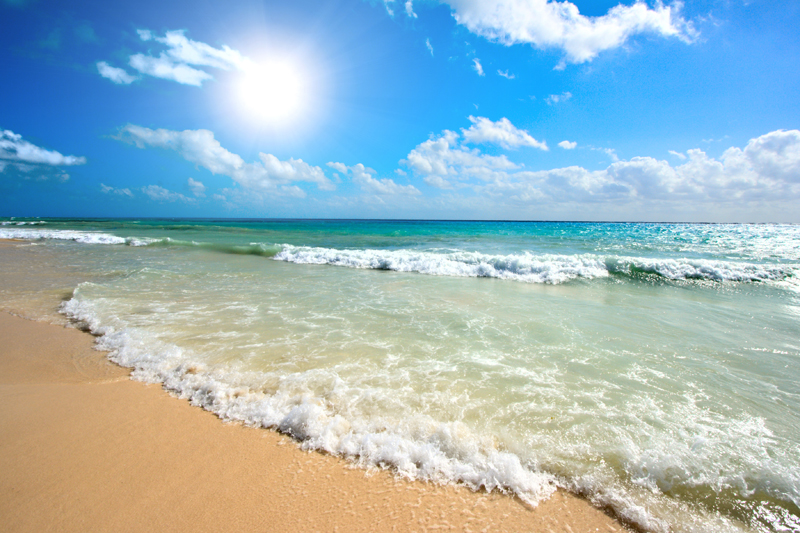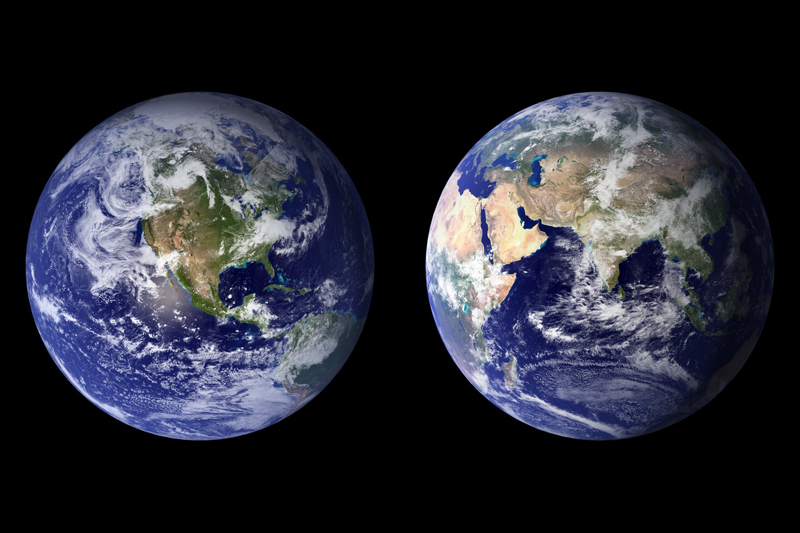La Nina's Impact on Fisheries

One of the most positive effects of La Niña on fisheries occurs in the eastern Pacific Ocean, especially off the coasts of Peru and Ecuador. During La Niña, the trade winds strengthen, pushing warm surface water westward and allowing cold, nutrient-rich water from deeper in the ocean to rise to the surface.
This process, known as upwelling, brings nutrients such as phosphates and nitrates to the surface, which supports the growth of phytoplankton (tiny marine plants). Phytoplankton form the base of the oceanic food chain, leading to increased fish populations, particularly species like anchovies, sardines, and mackerel.
As the cold, nutrient-rich waters stimulate marine productivity, fisheries in the eastern Pacific benefit from larger fish stocks. Coastal fishing industries, especially those relying on small pelagic species (fish that live near the surface), experience higher catches.
Countries like Peru, which has one of the world’s largest commercial fisheries for anchovies, often see increased fishing yields during La Niña events. Anchovy populations thrive in the cooler waters, providing a boon to the fishing industry and the economy.
La Niña can also cause shifts in the distribution of fish species, as some species prefer cooler waters while others thrive in warmer conditions. In regions where the sea surface temperature decreases, fish that are adapted to colder waters may expand their range, leading to changes in local ecosystems.
Conversely, warmer waters in the western Pacific may force certain fish species to migrate to cooler areas. For example, tuna and other large pelagic fish may move to different regions in search of favorable conditions, impacting fisheries that depend on these species.
While La Niña is generally beneficial for fisheries in the eastern Pacific, it can have a negative impact on fisheries in the western Pacific (near Southeast Asia and Australia). Warmer sea surface temperatures and changes in ocean currents can reduce marine productivity in these regions, leading to lower fish stocks.
In particular, the coral reefs that support many tropical fish species may suffer from warmer waters, increasing the risk of coral bleaching. This can harm biodiversity and reduce fish populations, affecting small-scale and commercial fisheries in these areas.
Aquaculture operations (fish farming) can also be influenced by La Niña. Cooler water temperatures in some regions may be beneficial for species like salmon, which prefer cooler waters, enhancing growth and production.
On the other hand, warmer water temperatures in other regions can increase the risk of disease outbreaks and stress on farmed fish, negatively impacting yields. The changing ocean conditions can also affect the availability of wild-caught fish used as feed in aquaculture operations.
La Nina can alter the spawning and migration patterns of many fish species. Cooler waters in certain regions may trigger earlier spawning seasons for species that rely on specific temperature cues to reproduce, leading to changes in the timing of fish availability for fisheries.
Migratory species such as tuna, salmon, and mackerel may adjust their routes to follow favorable water temperatures, impacting the locations and timing of fishing efforts.
La Nina's influence on fisheries can have significant economic impacts, especially for coastal communities that rely heavily on fishing for their livelihoods. In areas where La Niña increases fish populations, there can be economic gains from larger catches and higher revenues.
However, regions negatively affected by La Nina’s warmer water conditions, such as parts of the western Pacific, may experience reduced fishing yields, leading to economic losses and potentially higher prices for certain fish species.
Overall, La Nina generally benefits fisheries in the eastern Pacific by promoting cooler, nutrient-rich waters that boost marine life, but can negatively impact fisheries in the western Pacific due to warmer water conditions and ecosystem stress.

Related Articles
Editor's Picks Articles
Top Ten Articles
Previous Features
Site Map
Content copyright © 2023 by Farjana Amin. All rights reserved.
This content was written by Farjana Amin. If you wish to use this content in any manner, you need written permission. Contact Farjana Amin for details.






